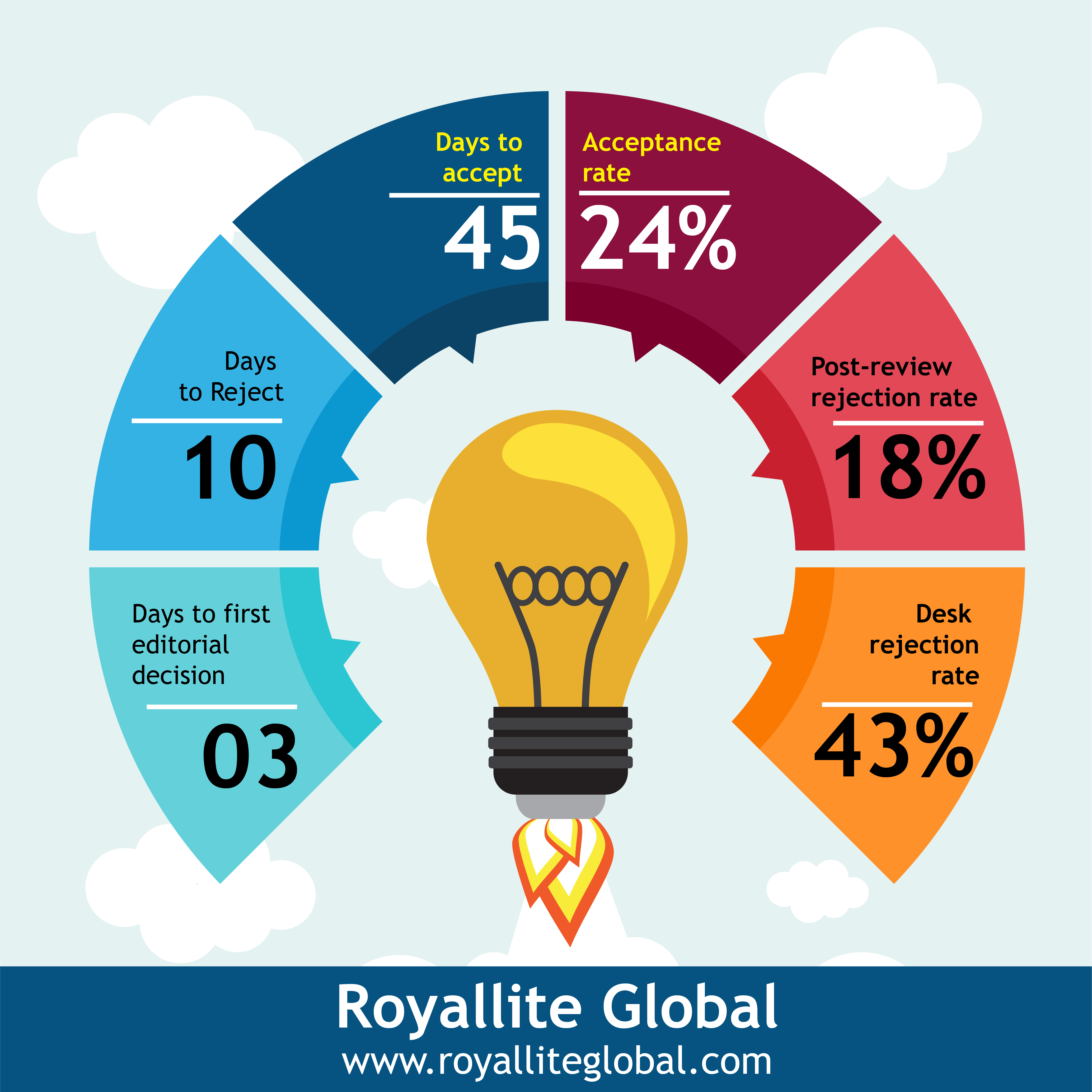Prevalence of Teenage Pregnancy in the Lower Manya Krobo Municipality of Ghana
Keywords:
adolescent, birth weight, teenage pregnancy, socio-economic, societal rejectionAbstract
Teenage pregnancy has been a social canker causing a lot of problems to governments, societies and individuals the world over. This study explores the prevalence of teenage pregnancy in relation to the challenges faced by teenage pregnant mothers in the Lower Manya Krobo Municipality of Ghana. The descriptive cross-sectional survey design was employed. The stratified and purposive sampling procedures were used to select a sample of 150 (100 pregnant teenagers and 50 health workers). Two self-constructed questionnaires were designed to collect data. The data collected were analysed using Chi-square, and descriptive statistics of frequency counts and percentage scores. The study revealed that teenage pregnant girls face various health, education and socio-economic challenges such as complications of delivery and low birth weight, inability of parents to send wards to school and ridiculing and mockery by school mates, and societal rejection respectively. From the findings, the study concluded that teenage pregnancy is a serious public health issue that has observable negative health, educational and socio-economic effects on the pregnant girls.
References
American College of Obstetricians and Gynecologist. (2007). Especially for teens: Having a baby. Patient Education Pamphlet.
Breakwell, G. M., Hammond, S., Fife-Schaw, C., & Smith, J. A. (2006). Research methods in Psychology (3rd ed.). London: Sages Publications Ltd.
Centre for Disease Control and Prevention. (2007). STD surveillance. An investigative report Submitted to the General Assembly, CDC.
Dryburgh, H. (2012). Teenage pregnancy. Health Reports, 12(1), 82-90.
Effects of Teenage Pregnancy. (2009).Retrieved from ischoolsmcgrominez.wordpress.com
Fink, A. (2001). How to sample in survey. California: Sage Publication Inc.
Fraenkel, J. R., & Wallen, N. E. (2000). How to design and evaluate research in education (2nd ed). Boston: McGraw Hill Inc.
Ghana News Agency. (2009), Western Region has highest rate of teenage pregnancy. A paper presented at the 19th Annual National Conference of the public Health Nurses Group (PUBHENG) held at Takoradi
Gibbah, G. B. (2009, September 7). 784 teenagers impregnated within 18 months. The Ghanaian Time, p. 1.
Gneorgueira, R. V., Carter, R. L., Ariet, M., Roth, J., Mahan, C. S. & Resnick, M. B. (2001). Effect of teenage pregnancy on educational disabilities in kindergarten. American Journal of Epidemiology, 154 (3), 212-220.
Guttmacher Institute (2006). US teen pregnancies, births, and abortion. Retrieved May 11, 2012, from www.guttmacher.org/pubs/USTPtrends.pdf
Masahudu, A. K. (2009). Teenage pregnancy: The burden lies on Ghanaian teenagers. Retrieved May, 6, 2009, from http://www.ghanadot
Mathew, M. S., & MacDorman, M. F. (2005). Infant mortality statistics from the 2005 period link data set. National Vital Statistics Reports, 57(12).
McAnrney, E. (1978). Management of teenage pregnancy in three different health care settings. New York: National Institute of Health
National Campaign to prevent teen pregnancy, (2009). Why it matters. Retrieved December 1, 2009, from http/www.findarticles.com.
Odei, E. A. (2007). Teenage pregnancy and development. Retrieved May 6, 2009, from http://www.ghana.com
Downloads
Published
Issue
Section
License
Copyright (c) 2020 Nathan Asamoah Agyemang

This work is licensed under a Creative Commons Attribution-NonCommercial-ShareAlike 4.0 International License.
This open-access article is distributed under a Creative Commons Attribution (CC-BY) 4.0 license.
You are free to: Share — copy and redistribute the material in any medium or format. Adapt — remix, transform, and build upon the material for any purpose, even commercially. The licensor cannot revoke these freedoms as long as you follow the license terms.
Under the following terms: Attribution — You must give appropriate credit, provide a link to the license, and indicate if changes were made. You may do so in any reasonable manner, but not in any way that suggests the licensor endorses you or your use.
No additional restrictions: You may not apply legal terms or technological measures that legally restrict others from doing anything the license permits.






